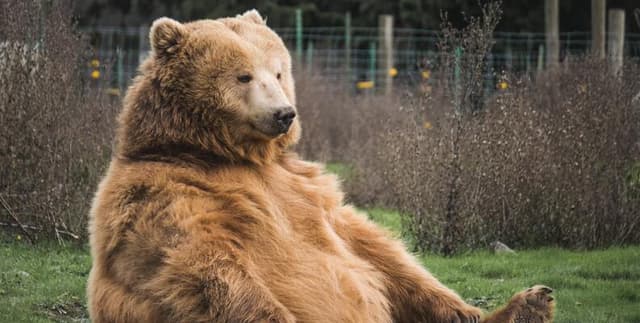Worldwide Brown Bear Attack Statistics by Region
Data Science and Analytics
Tags and Keywords
Trusted By




"No reviews yet"
Free
About
a worldwide view of documented brown bear attacks on humans between the years 2000 and 2015, categorized by country or region. It serves as a valuable resource for ecological research, offering metrics beyond mere attack counts, such as human population density and brown bear density within their established ranges. The information is derived from a scientific paper examining global conflict patterns between humans and brown bears, providing crucial context for wildlife management and safety studies.
Columns
The dataset includes seven core metrics for 24 distinct regions:
- Country/State: Identifies the geographical unit (country, state, region, or province) where the data was collected.
- NumberofAttacks(2000–2015): The total number of non-fatal and fatal brown bear attacks recorded in that region over the 16-year period.
- NumberofFatalities(2000–2015): The total count of attacks that resulted in human fatalities during the recorded time frame.
- NumberofBrownBears: An estimate of the brown bear population size present in the region.
- BrownBearRange(km2): The area, measured in square kilometres, that constitutes the brown bear population's habitat in that region.
- HumanDensity(inhabitants/km2): The density of the human population (inhabitants per square kilometre) specifically residing within the designated bear range.
- BrownBearDensity(bears/1000km2): The calculated density of brown bears per square kilometre, expressed in promille.
Distribution
The data is delivered in a CSV file format, named
global_brownbear_attacks.csv, with a small file size of approximately 1.05 kB. It consists of 7 columns and 24 geographical records. All columns are fully populated, ensuring 100% data validity across all records. The structure is based on regional metrics rather than individual incident reporting.Usage
Ideal applications for this data product include ecological modelling, risk assessment, and policy development. Users can calculate and compare regional attack rates, correlate conflict occurrences with specific human or bear density thresholds, and identify global hot spots for human-wildlife conflict. It is also suitable for visualising conservation challenges and analysing trends in human encroachment into animal habitats.
Coverage
The scope of the dataset is global, detailing conflict data gathered across 24 distinct countries, regions, or provinces. The time coverage is fixed, spanning from 1 January 2000 to 31 December 2015. Geographically, areas such as Romania are highly represented. The data focuses specifically on quantifying human risk factors and ecological variables relevant to brown bear encounters worldwide.
License
Attribution 4.0 International (CC BY 4.0)
Who Can Use It
- Wildlife Biologists: To study carnivore behaviour, habitat partitioning, and the dynamics of human-wildlife interface.
- Government Policy Makers: To inform public safety campaigns and develop evidence-based management plans for large carnivores.
- Data Analysts and Statisticians: For performing regression analysis to determine primary predictors of bear attacks.
- Environmental Journalists: To report accurately on conflict statistics and conservation efforts globally.
Dataset Name Suggestions
- Global Brown Bear Conflict and Density Data (2000-2015)
- Worldwide Brown Bear Attack Statistics by Region
- Human-Brown Bear Conflict Metrics 2000-2015
Attributes
Original Data Source: Worldwide Brown Bear Attack Statistics by Region
Loading...
